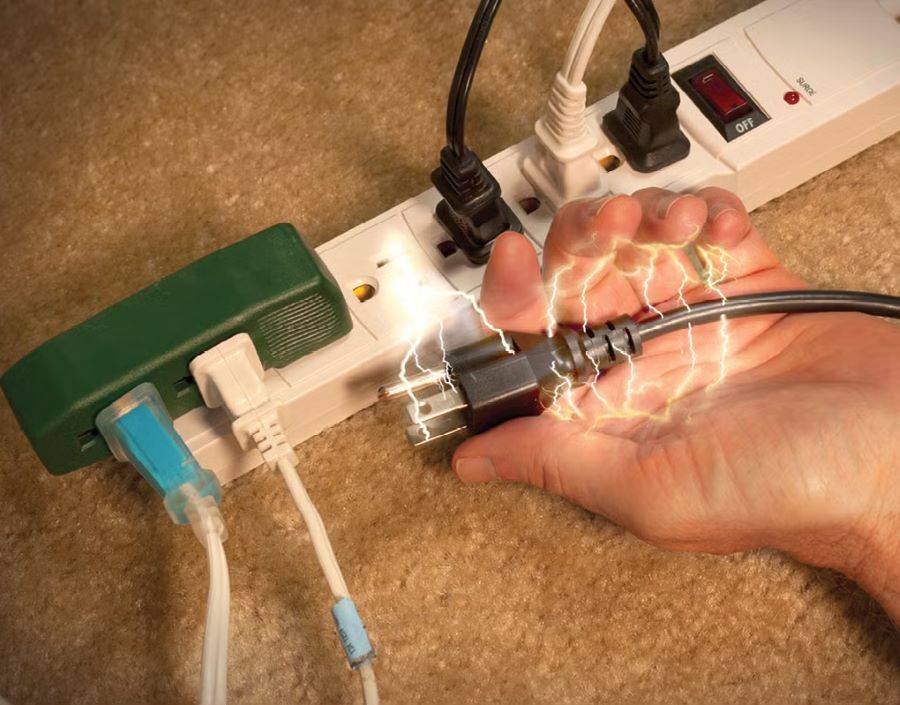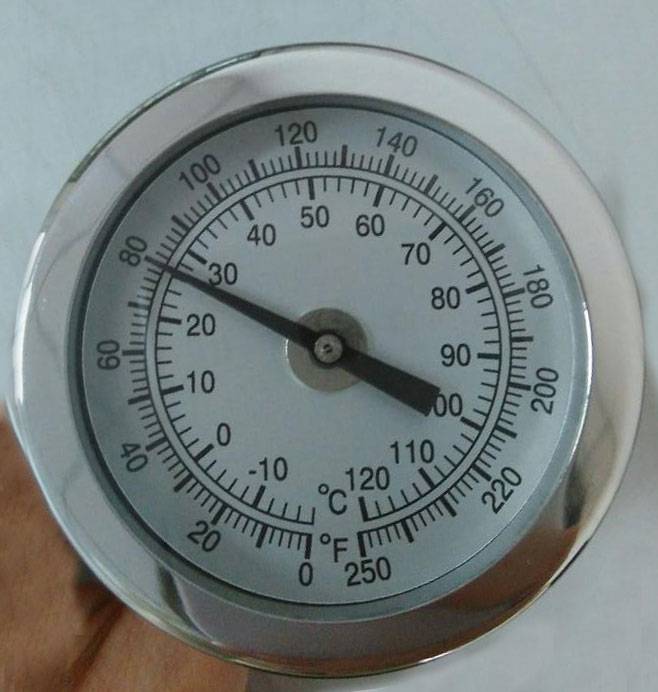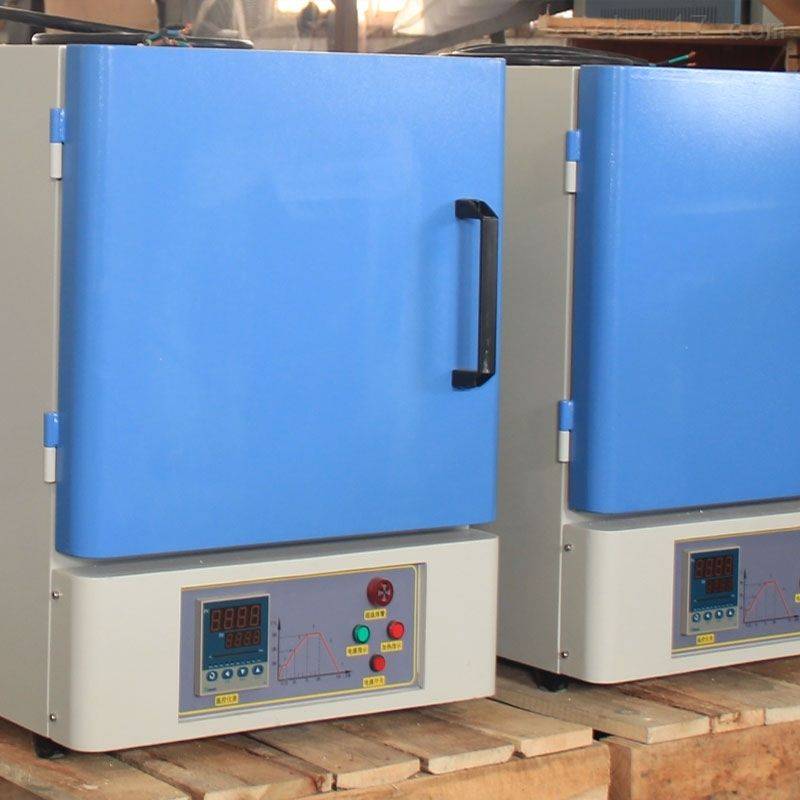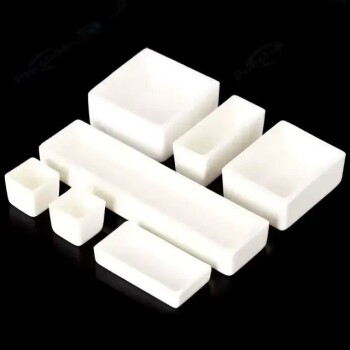Power Supply and Safety
Voltage and Grounding
The muffle furnace operates on an alternating current (AC) of 220V at a frequency of 50Hz. It is imperative that the power supply voltage precisely matches this specification to ensure optimal performance and safety. Mismatching the voltage can lead to operational inefficiencies or, worse, electrical hazards.
Grounding the power socket is a critical safety measure. Proper grounding safeguards against electrical shocks and reduces the risk of equipment damage due to voltage fluctuations. Always adhere to local electrical regulations and standards when grounding the power socket to ensure compliance and safety. This step is non-negotiable and must be executed meticulously to prevent potential accidents and ensure the longevity of the equipment.

Power Cord Handling
Proper handling of the power cord is crucial to ensure the longevity and safety of your laboratory muffle furnace. Avoid wrapping the power cord around metal objects, as this can lead to excessive strain and potential damage to the insulation. Metal objects can also conduct heat, which can accelerate the aging of the rubber insulation, leading to potential electrical hazards.
Additionally, keep the power cord away from high-temperature and humid areas. Exposure to high temperatures can cause the rubber insulation to degrade more quickly, while humidity can lead to moisture ingress, potentially causing short circuits or electrical leakage. Both scenarios pose significant safety risks and can compromise the integrity of your equipment.
To prevent these issues, always ensure the power cord is neatly managed and stored away from any potential sources of heat or moisture. Regular inspections of the power cord for signs of wear, such as cracks or fraying, are also essential to maintaining a safe working environment. By following these guidelines, you can help ensure the continued safe operation of your laboratory muffle furnace.
Operational Safety
Temperature Handling
Handling temperatures in a laboratory muffle furnace requires meticulous attention to avoid potential injuries. Higher temperatures can lead to severe burns and other thermal injuries if not managed properly. It is crucial to follow specific safety protocols when operating the furnace at elevated temperatures.
Firstly, always wear appropriate personal protective equipment (PPE) such as heat-resistant gloves, face shields, and protective clothing to mitigate the risk of burns. Additionally, ensure that the furnace is placed on a stable surface to prevent accidental tipping, which could lead to hazardous spills or falls.
Secondly, maintain a safe distance from the furnace when it is in use. The radiant heat from the furnace can cause burns even from a few feet away. Utilize remote controls and monitoring systems to adjust and monitor the temperature settings without having to approach the furnace directly.
Thirdly, adhere to the temperature limits specified by the manufacturer. Exceeding these limits can not only pose a safety risk but also damage the furnace's components, leading to costly repairs or replacements. Regularly check and calibrate the temperature controls to ensure accuracy and reliability.
Lastly, implement a buddy system when operating the furnace at high temperatures. Having a colleague present can provide an additional layer of safety, ensuring that immediate assistance is available in case of an emergency.
By following these guidelines, you can significantly reduce the risk of injuries and ensure safe and efficient operation of the laboratory muffle furnace.

Culturing Precautions
When incubating valuable strains and cultures, it is imperative to maintain a high level of vigilance. Regular monitoring is crucial to ensure that the cultures remain healthy and viable. In the event of any abnormalities, such as sudden temperature fluctuations or unusual growth patterns, immediate action must be taken. One of the first steps in such a scenario should be to immediately cut off the power supply. This precautionary measure helps prevent further damage to the cultures and ensures the safety of the laboratory environment.
Additionally, it is advisable to keep a detailed log of the incubation process. This log should include information on the temperature settings, humidity levels, and any observations made during the incubation period. By maintaining such records, it becomes easier to identify trends and potential issues before they escalate.
| Precaution | Action |
|---|---|
| Abnormalities Detected | Cut Off Power Supply |
| Regular Monitoring | Maintain Detailed Logs |
In summary, while incubating valuable strains and cultures, diligent observation and quick, decisive actions are key to ensuring successful outcomes and maintaining a safe laboratory environment.
Electrical Part Handling
When dealing with electrical components within the laboratory muffle furnace, it is crucial to adhere to specific safety protocols to prevent damage and ensure operational integrity. Avoid direct contact with electrical parts using bare hands, as this can introduce contaminants that may cause short circuits or other malfunctions. Similarly, do not use wet cloths for cleaning or rinsing electrical components. Moisture can lead to electrical hazards, posing risks of electric shock or equipment failure.
To maintain the longevity and safety of the furnace, consider the following practices:
-
Use Appropriate Tools: Always employ insulated tools designed for electrical work to handle components. This reduces the risk of accidental contact and potential damage.
-
Regular Inspections: Conduct periodic inspections of electrical connections and components to ensure they are dry and free from debris. This proactive approach can prevent unexpected failures during operation.
-
Proper Storage: Store cleaning materials and tools away from electrical parts to minimize the chance of accidental contamination or damage.
By following these guidelines, you can significantly enhance the safety and reliability of your laboratory muffle furnace.
Furnace Maintenance and Usage
Object Placement
When arranging test objects within the chamber of the muffle furnace, it is crucial to maintain an optimal layout to ensure both smooth airflow and even heat distribution. Overcrowding the chamber can disrupt these critical factors, leading to uneven heating and potentially compromising the integrity of your experiments.
To achieve the best results, follow these guidelines:
- Avoid Overcrowding: Ensure that there is sufficient space between each object to allow for unrestricted airflow. This will help in maintaining a consistent temperature throughout the chamber.
- Strategic Placement: Do not place objects directly adjacent to the heater at the bottom of the inner chamber. This can lead to localized overheating and uneven heat distribution, which may affect the outcome of your experiment.
By adhering to these placement guidelines, you can significantly enhance the efficiency and reliability of your muffle furnace operations.

Post-Use Procedures
After each operation, it is imperative to ensure the muffle furnace is properly shut down and maintained. Begin by cutting off the power supply to prevent any accidental operation or electrical hazards. This step is crucial as it ensures the safety of both the equipment and the personnel handling it.
Next, focus on maintaining cleanliness both inside and outside the furnace. The interior should be inspected for any residual materials or debris that may have accumulated during use. These residues can affect the performance and efficiency of the furnace in subsequent uses. Use appropriate cleaning tools and agents to remove any buildup, ensuring that the interior surfaces are free from contaminants.
Outside the furnace, check for any dust or dirt that may have accumulated on the exterior surfaces. Regular cleaning of the exterior not only extends the lifespan of the equipment but also ensures that it remains in optimal condition for future use. Pay special attention to the ventilation ports and cooling systems to prevent any blockages that could lead to overheating or malfunction.
By adhering to these post-use procedures, you not only enhance the safety and longevity of the muffle furnace but also ensure that it operates at peak efficiency in every subsequent use.
Temperature Controller Handling
To ensure the longevity and optimal performance of your laboratory muffle furnace, it is crucial to handle the temperature controller with care. The temperature controller is a delicate component that plays a pivotal role in maintaining the desired temperature within the furnace.
Key Guidelines for Temperature Controller Handling:
- Minimize Opening: Avoid unnecessary opening of the temperature controller. Each time the controller is opened, it exposes internal components to potential contaminants and environmental factors that could lead to malfunction or damage.
- Regular Maintenance: While opening the controller should be minimized, regular maintenance checks are essential. These checks should be conducted by trained personnel to ensure that all components are functioning correctly without the need for frequent disassembly.
- Temperature Stability: The temperature controller is designed to maintain a stable temperature within the furnace. Any interference with its settings or components can disrupt this stability, leading to uneven heating and potential damage to the samples being processed.
By adhering to these guidelines, you can significantly reduce the risk of damage to the temperature controller and ensure the consistent performance of your laboratory muffle furnace.
Fuse Tube Handling
The fuse tube, a critical safety component, is strategically positioned on the left side of the muffle furnace. This placement ensures easy access for maintenance and troubleshooting. When performing any operations involving the fuse tube, such as replacement or inspection, it is imperative to adhere to strict safety protocols.
To begin, open the side door of the furnace carefully, ensuring that it is fully unlatched and secured in an open position. This step is crucial to prevent accidental closure during the handling process, which could lead to injury or equipment damage.
Next, ensure the power supply is completely cut off before proceeding. This can be achieved by switching off the main power switch or disconnecting the power cord from the outlet. The importance of this step cannot be overstated; it eliminates the risk of electrical shock and ensures a safe working environment.
For added safety, it is advisable to use insulated tools when handling the fuse tube. These tools provide an additional layer of protection against electrical hazards, making the process both safer and more efficient.
In summary, handling the fuse tube requires meticulous attention to safety. By following these guidelines—opening the side door, cutting off the power supply, and using insulated tools—you can ensure a safe and effective fuse tube operation.
Product Warranty

After packaging the incubator, it is imperative to adhere strictly to the preservation and usage rules provided by the manufacturer. This ensures not only the longevity of the equipment but also its optimal performance. The product is backed by a comprehensive warranty that extends for one year from the date of delivery. During this period, any issues related to proper functioning will be addressed by the manufacturer at no additional cost. This includes the free replacement or repair of defective parts.
To further clarify the warranty terms:
- Warranty Duration: 1 year from the date of delivery.
- Coverage: Proper functioning of the incubator.
- Service Included: Free replacement or repair of parts by the manufacturer.
By following these guidelines and utilizing the warranty effectively, users can ensure that their investment in the laboratory muffle furnace remains protected and operational for extended periods.
Related Products
- 1200℃ Muffle Furnace Oven for Laboratory
- 1700℃ Muffle Oven Furnace for Laboratory
- 1800℃ Muffle Oven Furnace for Laboratory
- 1400℃ Muffle Oven Furnace for Laboratory
- 1700℃ Controlled Atmosphere Furnace Nitrogen Inert Atmosphere Furnace
Related Articles
- Comparing Laboratory Furnace Features and Specifications: A Guide
- Enhancing Dental Work with a High-Quality Dental Furnace
- How to Choose Right Muffle Furnace for Your Laboratory?
- The Ultimate Guide to Choosing the Right Lab Furnace for Your Needs
- Advanced Laboratory Furnaces: Box, Muffle, and Tube Options for High-Temperature Applications














